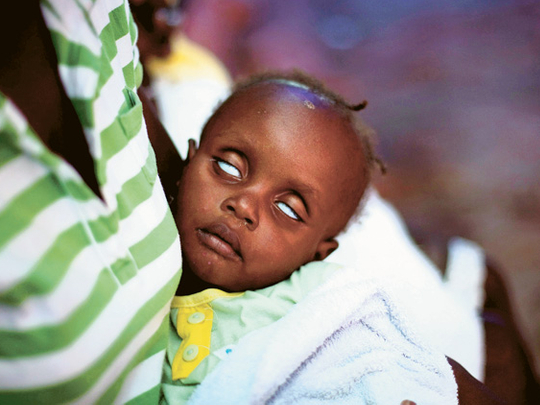
Limbe, Haiti: A gray-haired woman, her eyes sunken and unfocused from dehydration, stumbles up a dirt path slumped on the shoulder of a young man, heading to a rural clinic so overcrowded that plastic tarps have been strung up outside to shade dozens who can't fit inside.
On the path to the clinic, another cholera victim lies dazed, her head bleeding because she couldn't stay atop the motorcycle taxi that carried her along the twisting country roads to the treatment centre on the front line of Haiti's sudden battle with cholera.
Overwhelmed
Nearby, a 16-month-old girl wails as a nurse prods her with a needle, trying to find a vein for the intravenous fluids she needs to save her life.
So far, it is the countryside seeing the worst of an epidemic that has killed nearly 1,900 people since erupting less than two months ago.
Rural clinics are overrun by a spectral parade of the sick, straining staff and supplies at medical outposts that could barely handle their needs before the epidemic. At the three-room clinic near Limbe, in northern Haiti, a handful of doctors and nurses are treating 120 people packed into three rooms.












